-

Objectives: With temperatures warming, we expect to see that some species will shift their flowering times to earlier in the year. Species that are able to shift their flowering times in line with climate change are thought to be less at risk from climate...
-
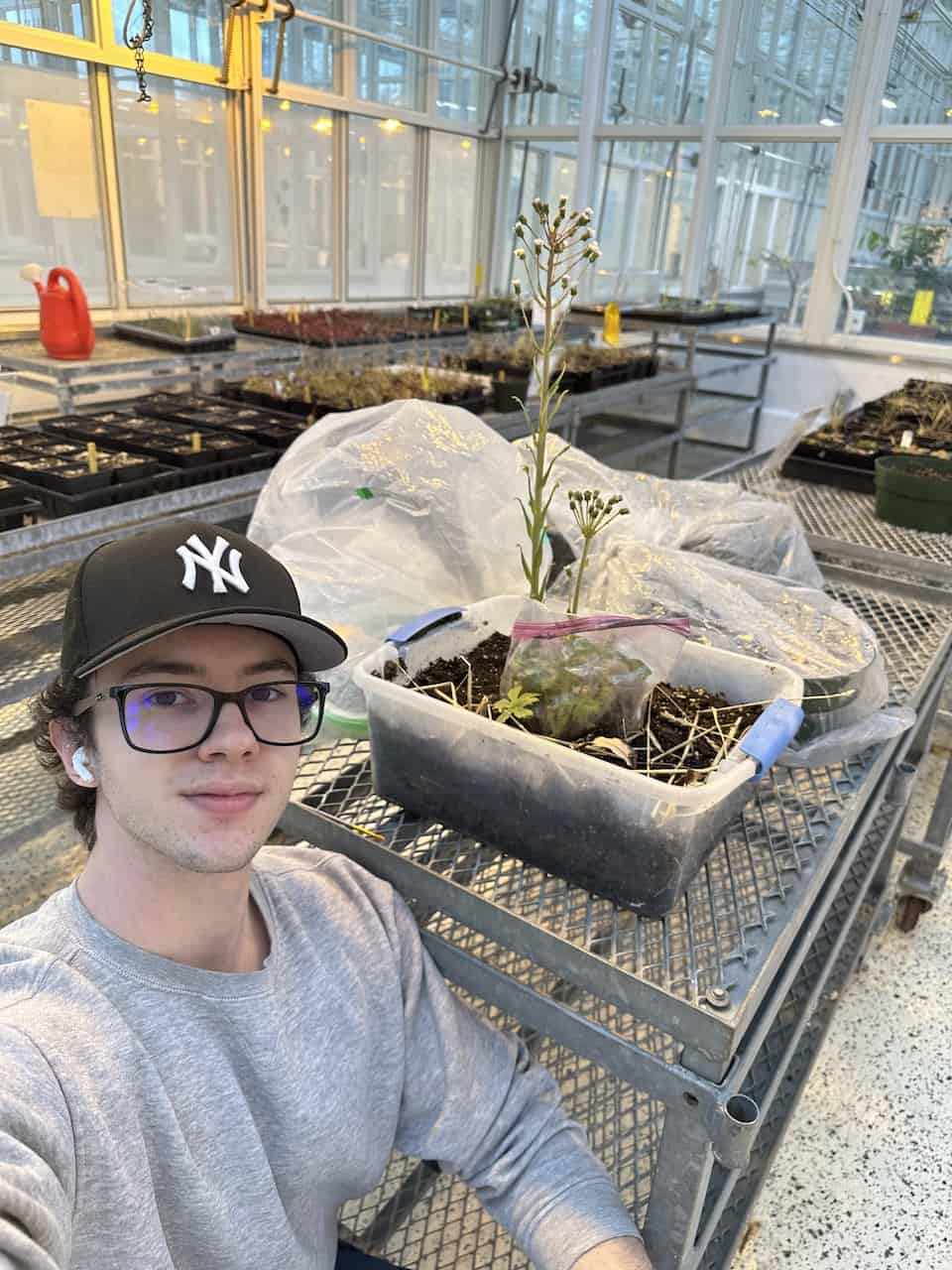
Objectives: Seeds of Iva frutescens were collected at the Wolfville mud flats. Seeds were placed into germination trays to test germination rates. The seeds were tested for seed viability using tetrazolium chloride, a chemical that will turn the embryo red/pink when the seeds are viable and respiring. Rhizomes of Petasites frigidusvar. palmatus were cut...
-
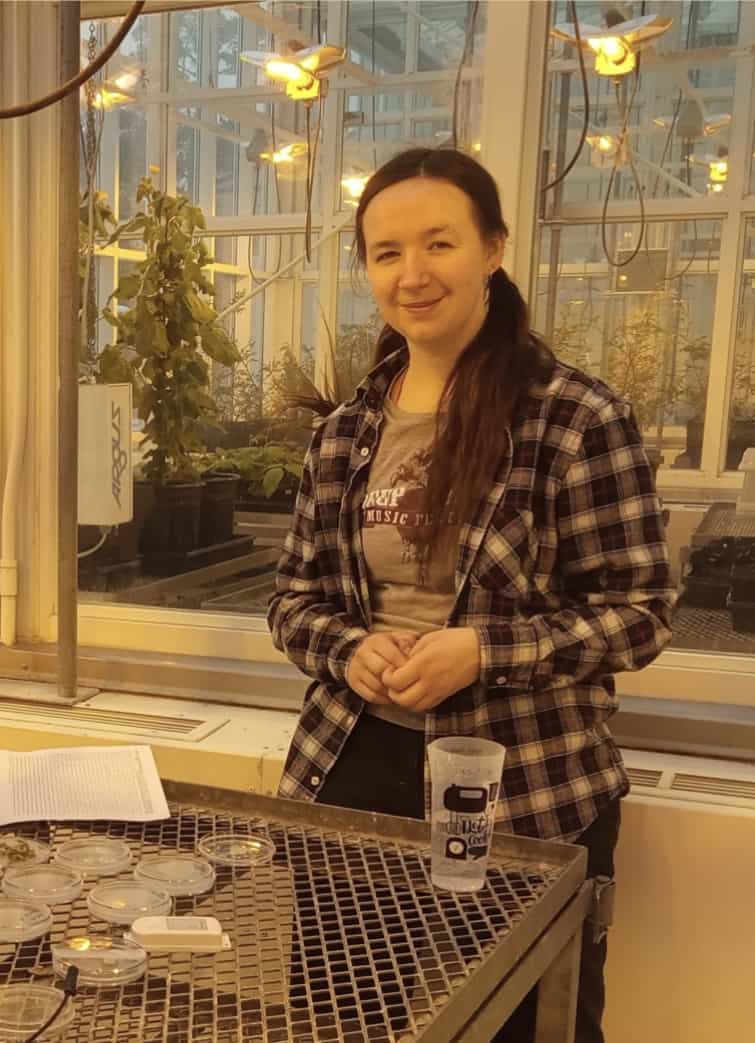
As extreme weather events become increasingly common, this experimental procedure hopes to determine how extreme hot, cold, or wildly fluctuating temperatures in spring will affect plant growth and the risk levels for plant species in the future. This research is part of...
-

Project objectives: •Identify fungi found growing on pieces of marine plastic from Nova Scotia beaches •Quantitatively and qualitatively test their plastic biodegradation capabilities •Compare them to strains of the same species not grown on plastic The reason why some fungi can degrade...
-
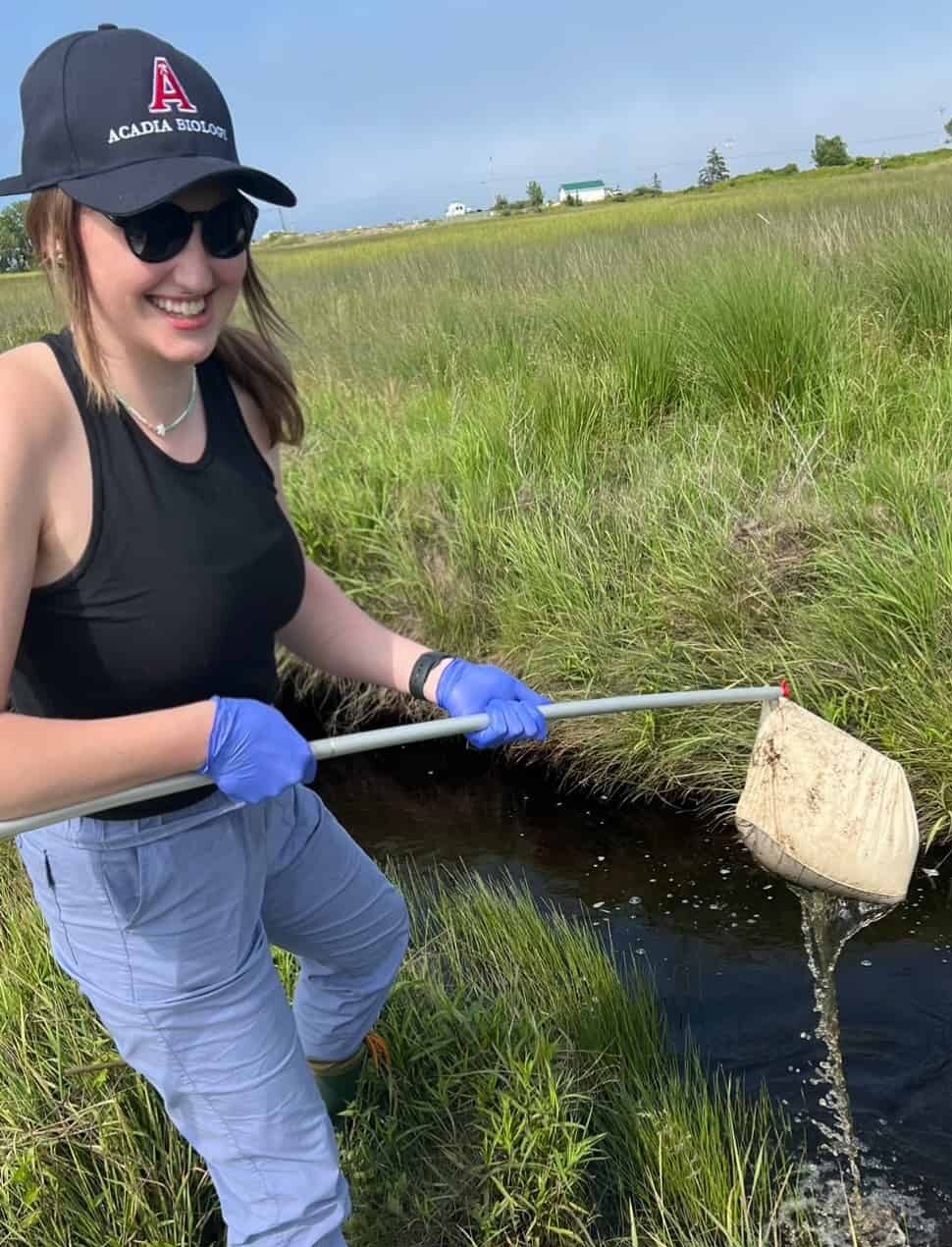
Objective: To determine the impact that a hydrological disturbance has on wetland MeHg production, what other factors contribute to the formation of MeHg in the wetland, and how much MeHg is getting into wetland invertebrates (Gammaridae). Water samples from Big Meadow Bog have been collected seasonally since 2018 providing...
-
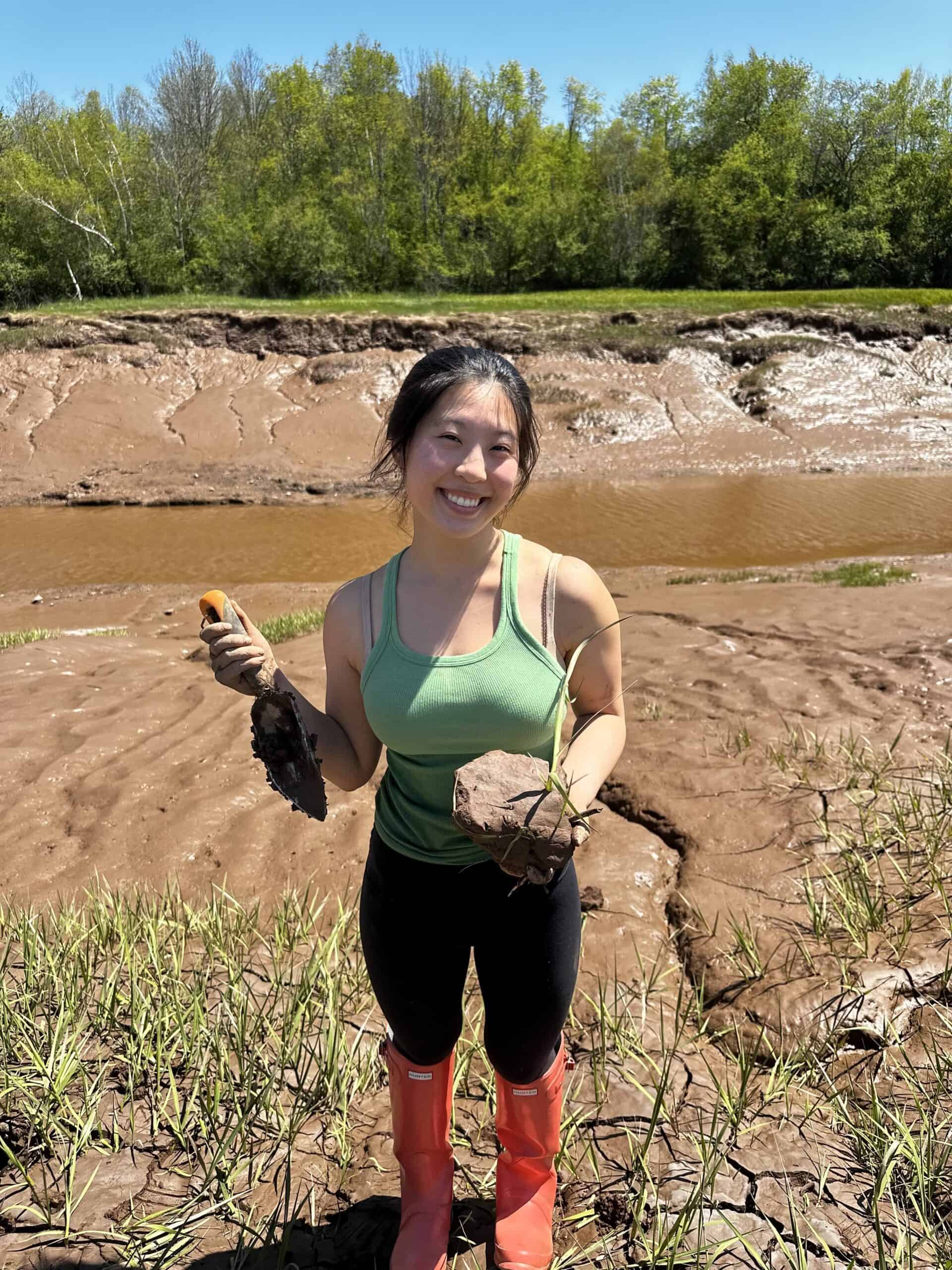
Salt marshes are unsung heroes of coastal environments, yet the interactions between plants and fungi in salt marsh sediment remain understudied. Sporobolus roots were collected, underwent sterilization, and fungi were cultured onto three media types for DNA extraction and species-level identification. Objectives: 1.Determine...
-
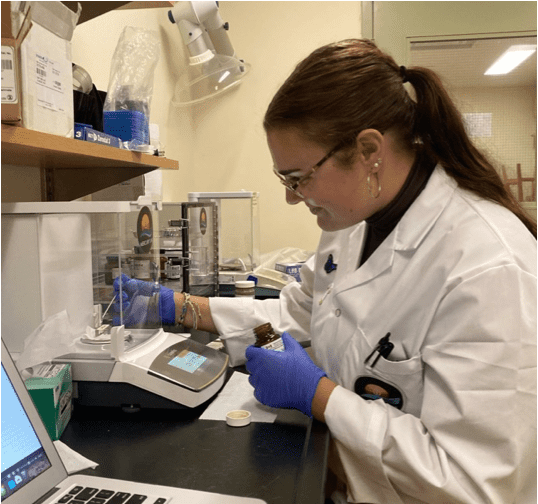
Big Meadow Bog (BMB) is a disturbed wetland habitat located on Brier Island, NS. BMB was subject to water table restoration in 2018 which attempted to remediate historic ditching and return the wetland to its natural state. BMB is also affected by large...
-
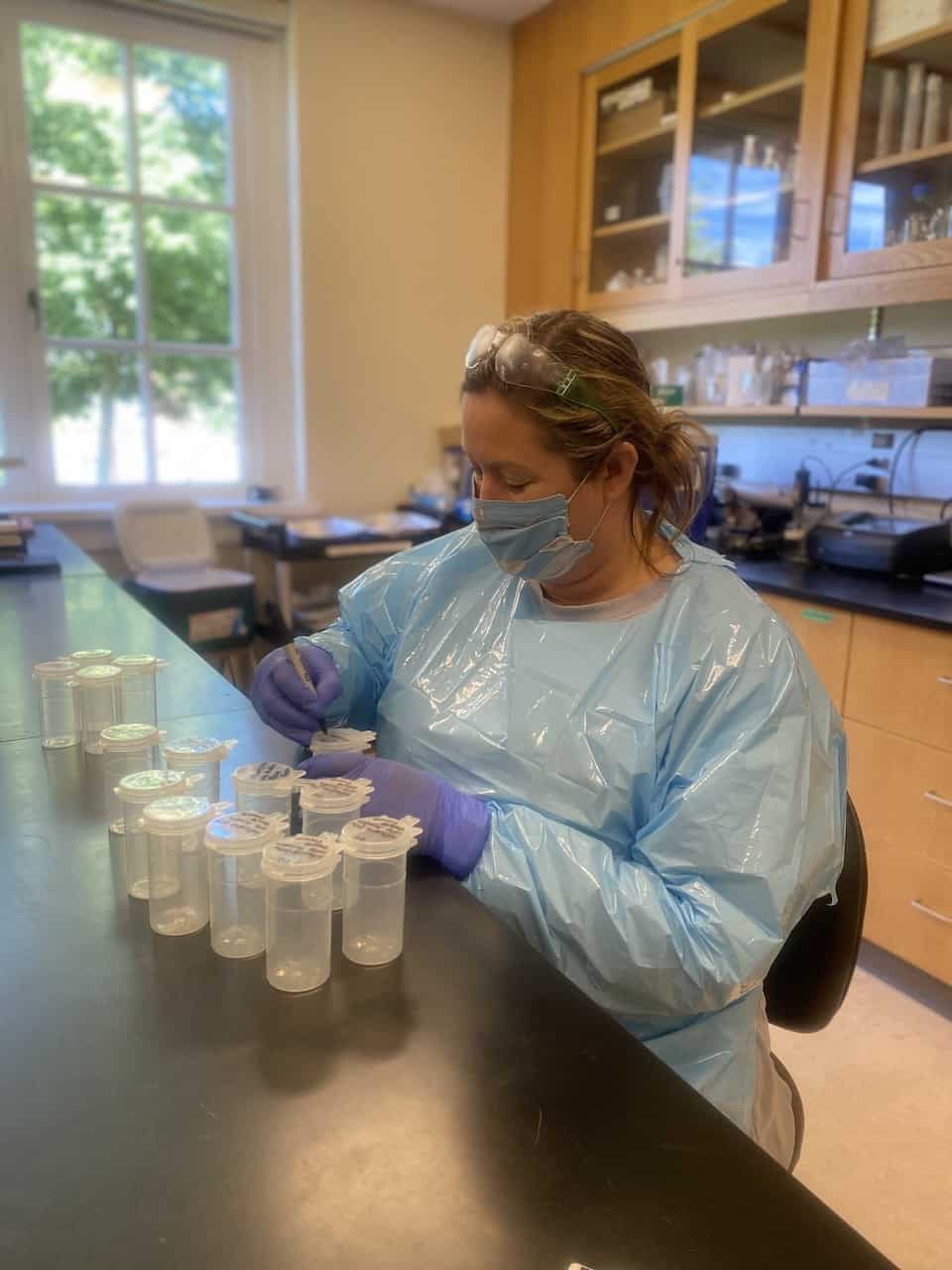
Wastewater surveillance has been applied to uncover virus outbreaks, provide information on drug consumption and vaccination uptake, and assess collective exposure to environmental stressors such as environment and food toxins. Collecting wastewater for analysis of chemicals and viruses shed by humans provides an unbiased,...
-
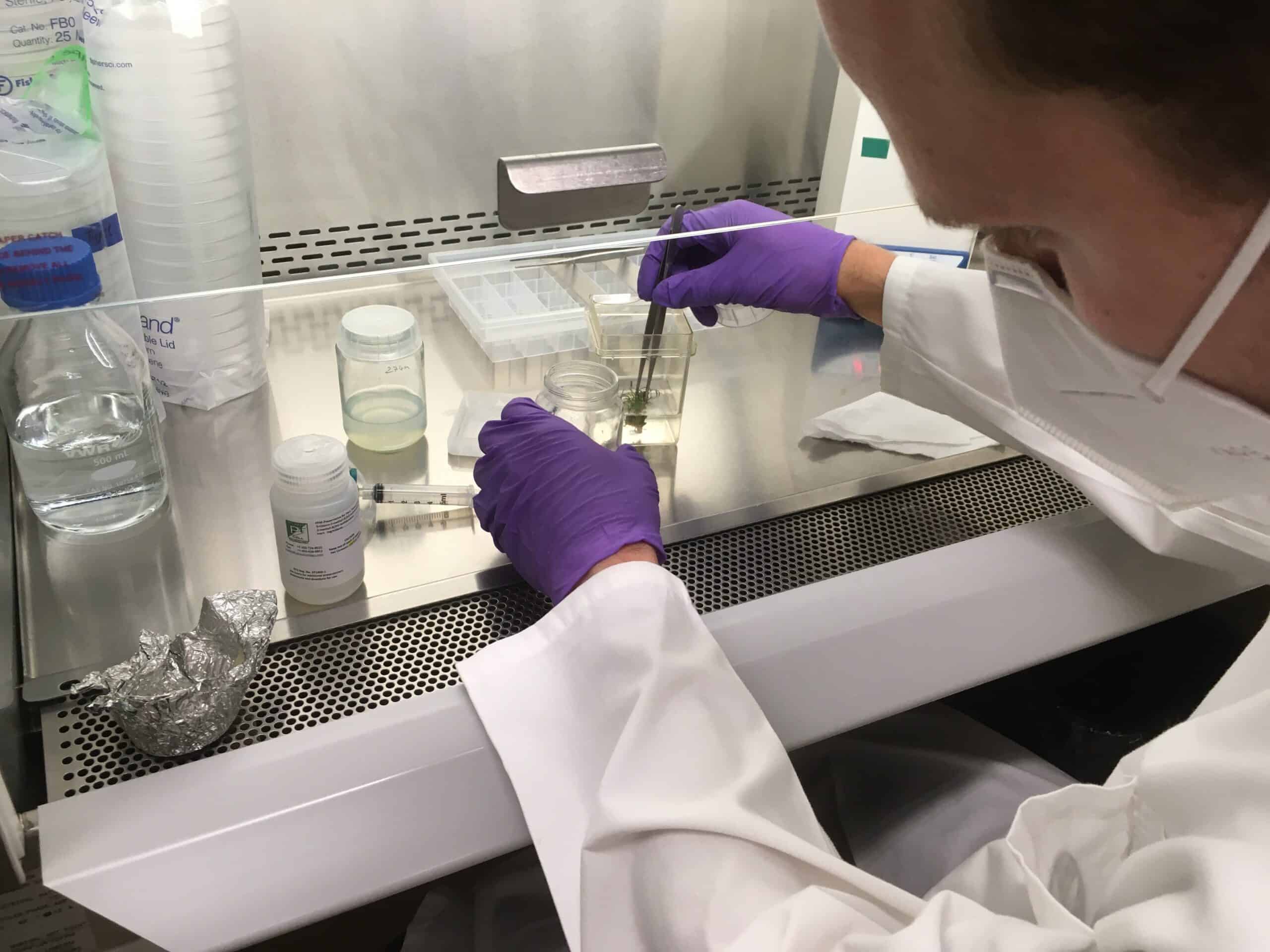
Nowhere else in the world do the threatened Fernald’s and Long’s Braya (Braya fernaldii, B. longii) find a natural home than in the Limestone Barrens of the island of Newfoundland. The goal of this project was to provide a starting point for further research by growing and...
-
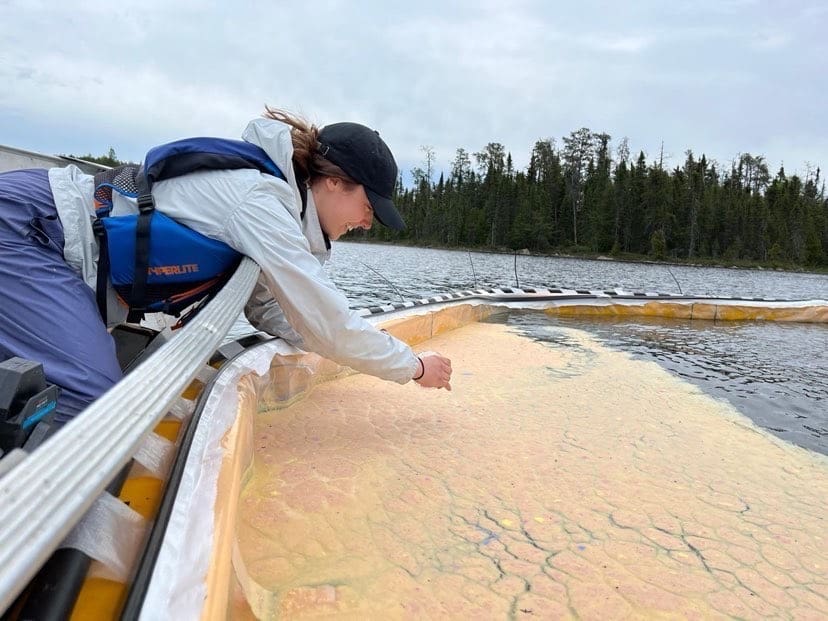
Jessie Wilson is a Master’s student in Dr. Mark Mallory’s lab studying how microplastics move through freshwater ecosystems. Jessie’s field work is at the world famous IISD Exeperimental Lakes Area and is part of a long term microplastics study. Jessie says, “with...


 Acadia University
Acadia University
K.C. Irving Environmental Science Centre
Harriet Irving Botanical Gardens
Acadia University